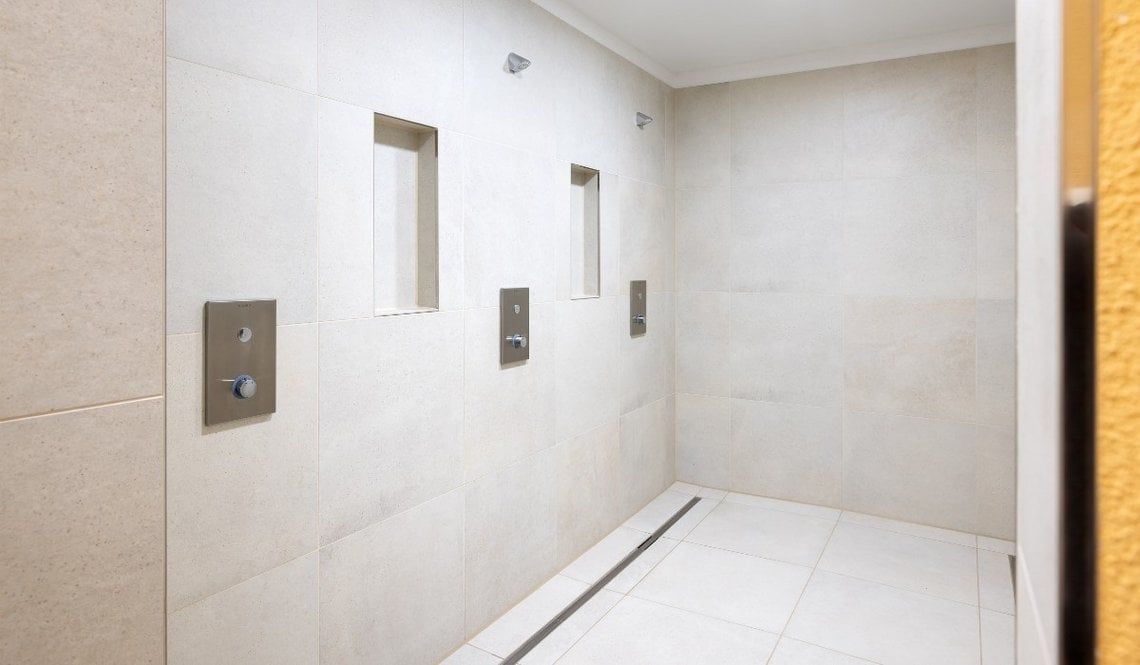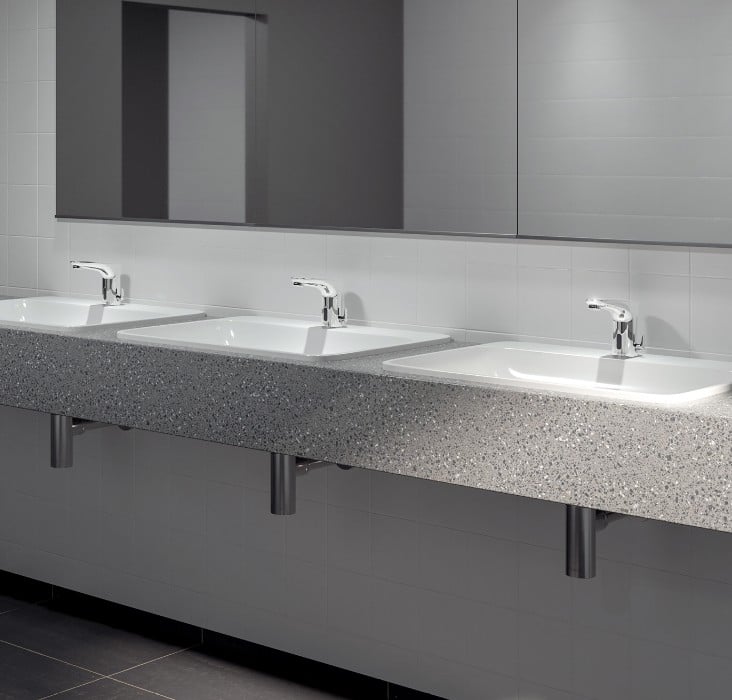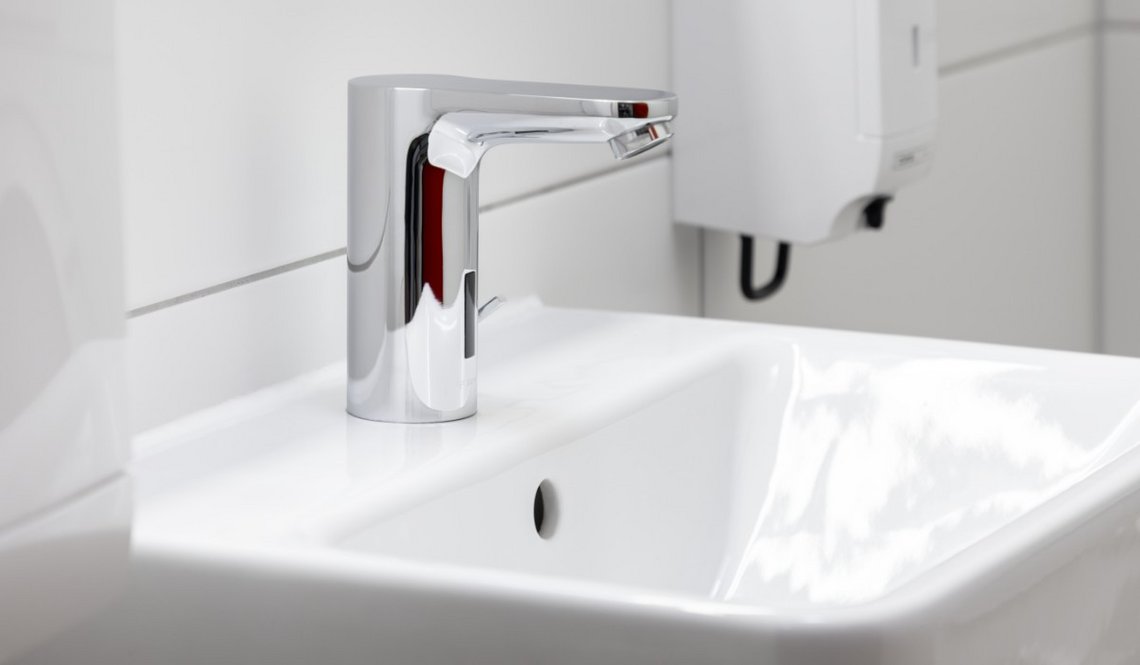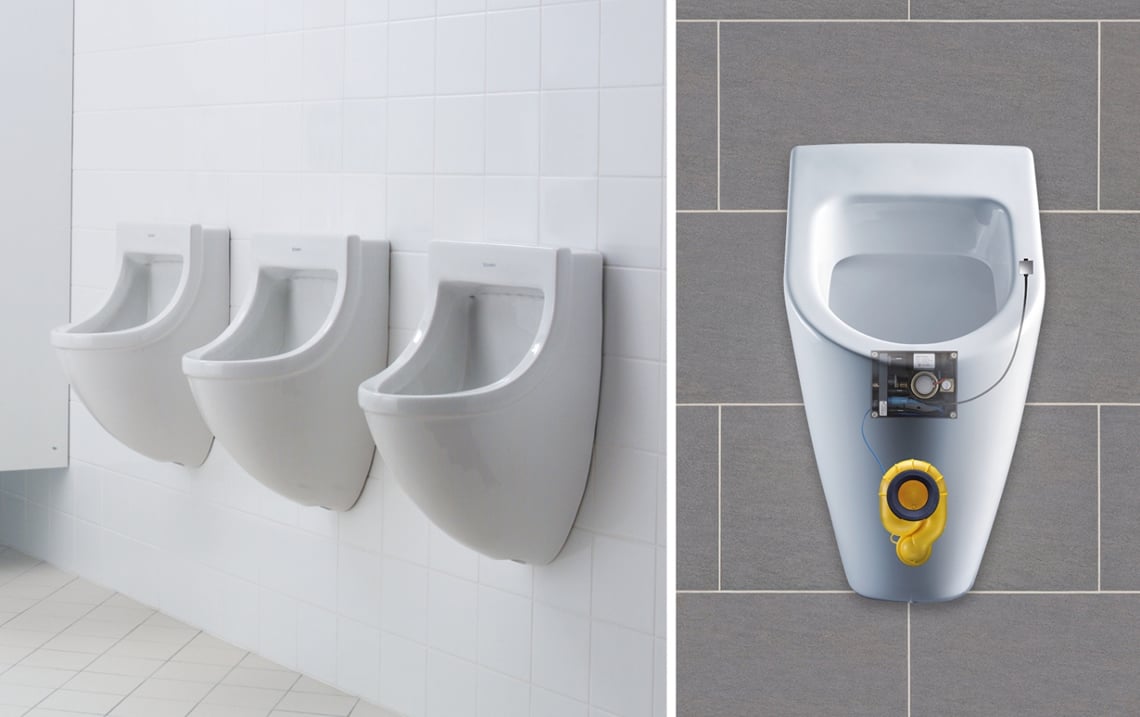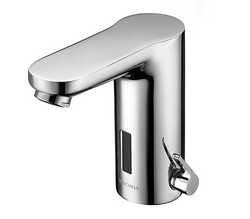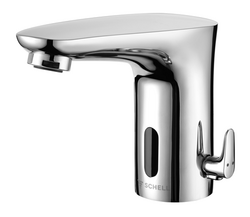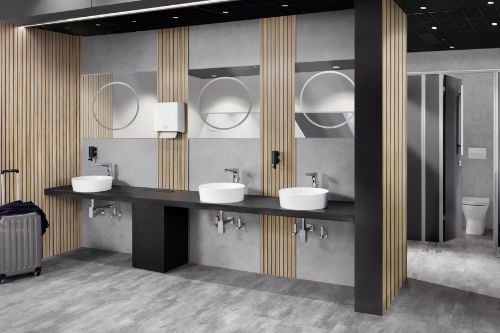Designing vandal-resistant fittings: modern solutions for a long-standing problem
From graffiti on the walls to smashed mirrors, clogged toilets or damaged fittings: vandalism in sanitary facilities takes many forms. In public facilities that see heavy use – sports venues, schools, airports, service stations and the like – it is a particularly serious problem. Despite this, protection against vandalism is only recommended for the facility fit-out – in relation to fittings, for example. So, how should fittings be designed to be as vandal-proof as possible? Five features are important here.
Not new, but ever-present: vandalism in public places
Vandalism describes deliberate yet senseless acts of damage or destruction carried out on private or public property. The word is used with reference to the East German tribe of the Vandals, who plundered and laid waste to Rome during a raid conducted in Europe in 455 AD. More than 1,500 years later, the topic of vandalism is as relevant as ever. In 2023, a study published by the German Toilet Organisation and the Institute for Hygiene and Public Health (IHPH) at the University of Bonn Medical School revealed that 69% of the sanitary facilities investigated in Berlin’s schools showed signs of wilful damage. These findings underline the magnitude of the problem of vandalism even today and the urgency with which it must be addressed.
Vandal-resistant fittings: these are the five 5 features
To offer effective protection against vandalism in sanitary facilities, fittings should fulfil five key criteria:
- Use of robust and hard-wearing materials
- Reliable functionality
- Linear design that does not offer too many potential targets
- Invisible mechanisms and concealed installation
- High-quality, aesthetically appealing design
Feature 1: Use of robust and hard-wearing materials
Above all else, vandal-resistant fittings need to be robust. For a start, the right material must be chosen. Here, SCHELL follows the recommendation of VDI 6000, and utilises high-quality metals such as chromed brass and stainless steel, which are particularly resilient to mechanical force and scratches. Nor are these materials chosen merely because of the potential risk of vandalism in public buildings, but also with an eye on the intense, day-to-day use the fittings will need to handle. As examples, wash basin taps in sanitary facilities at airports can be used up to 300,000 times a year, and urinals more than 100,000 times. Anyone who installs SCHELL wash basin taps, shower panels or operating panels made from hard-wearing, chrome-finished brass, stainless steel or aluminium in their public sanitary facilities, has already won half the battle here. With their robust quality and longevity, these fittings also apply the increasingly important principle of sustainability. And if a spare part should ever be needed, it can still be ordered even decades afterwards.
Feature 5: High-quality, aesthetically appealing design
A pleasing, contemporary appearance and elegant design also have their part to play. As we know from experience: a more appealing design is less likely to be targeted by vandalism. With all the attributes needed for vandal-proof fittings, SCHELL products significantly reduce the risk of vandalism – also thanks to their attractive and multiple award-winning product design.
Summary
Life is pretty tough for fittings installed in public sanitary facilities: day-to-day use and the constant threat of vandalism mean that they have to be as damage-resistant as possible. Yet even with the most aesthetically appealing, hard-wearing and technically advanced products, vandalism in public sanitary facilities can only be prepared for and not entirely prevented. Makers of sanitary equipment must therefore rise to the challenge of improving their products and finding new strategies to protect against vandalism. For its part, SCHELL welcomes this chance to innovate further here in the future.

![[Translate to English:] [Translate to English:]](/fileadmin/_processed_/1/b/csm_symstemloesungen_e2_thumb_6bca267f26.jpg)
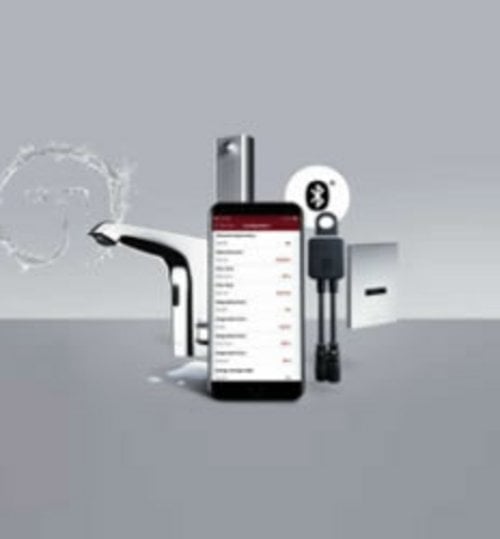
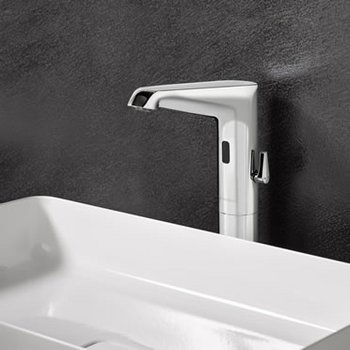
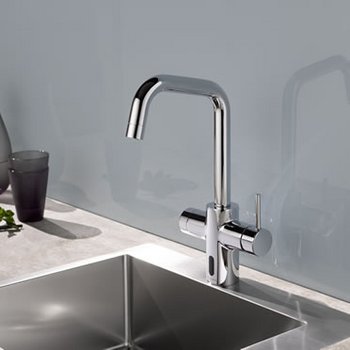
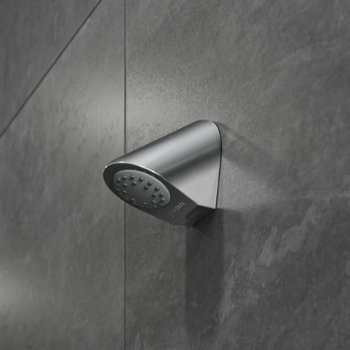
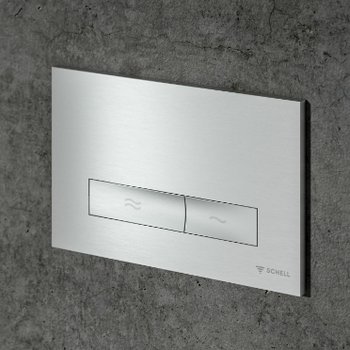
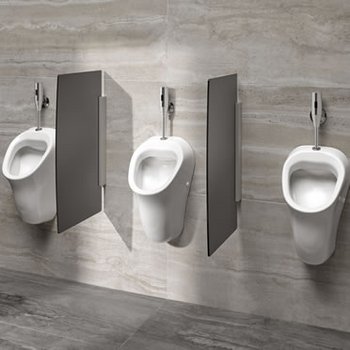
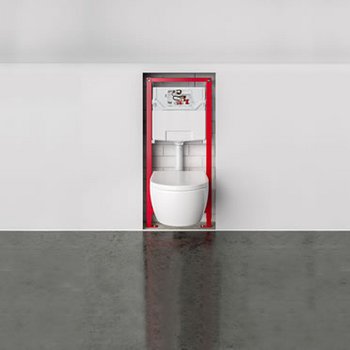
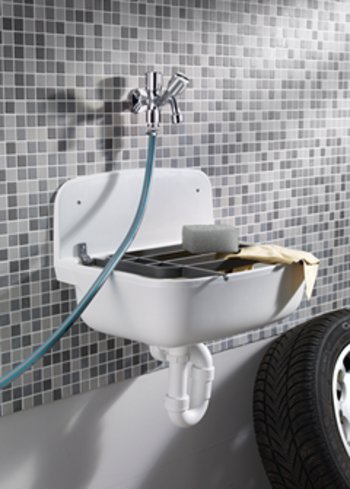
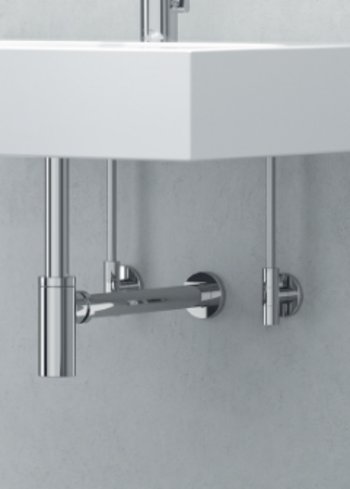
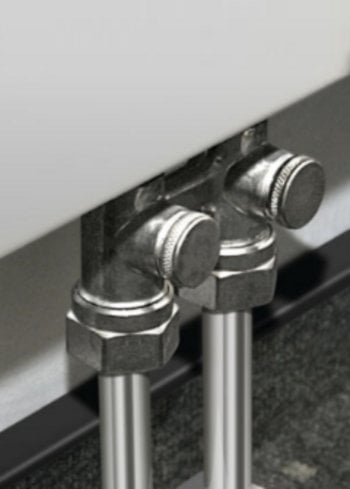
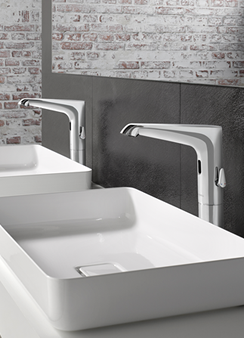
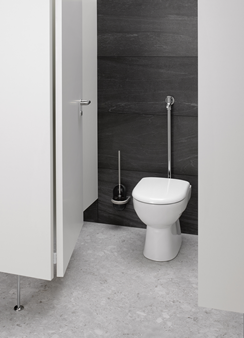
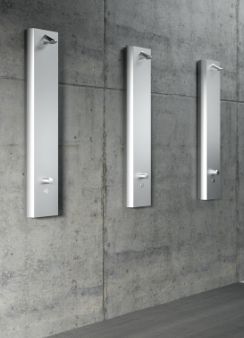
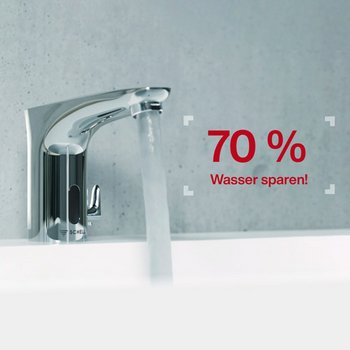
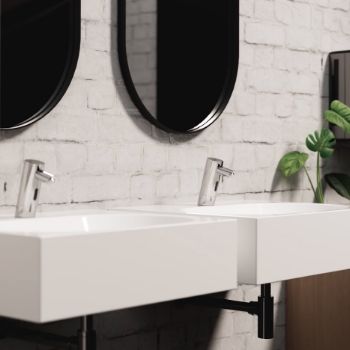

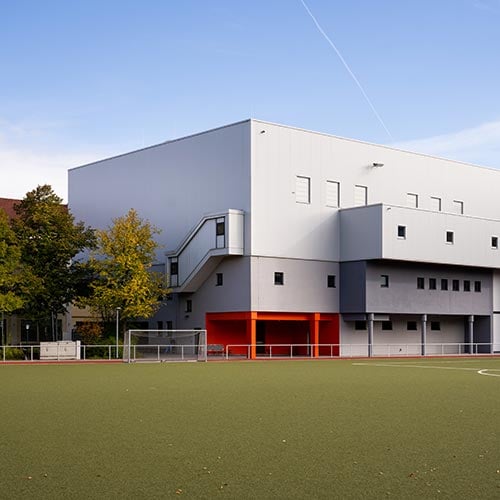
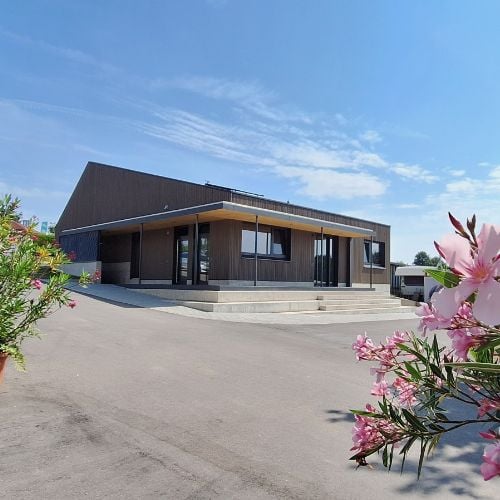

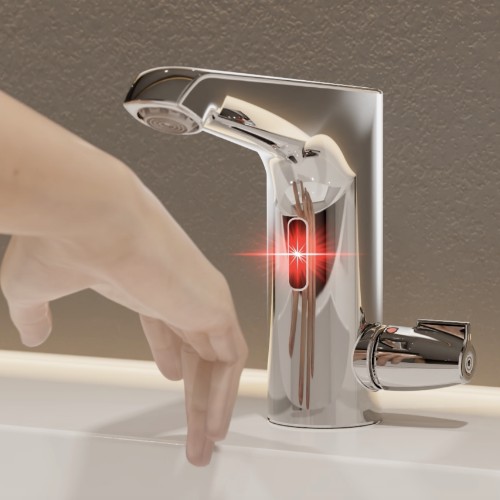

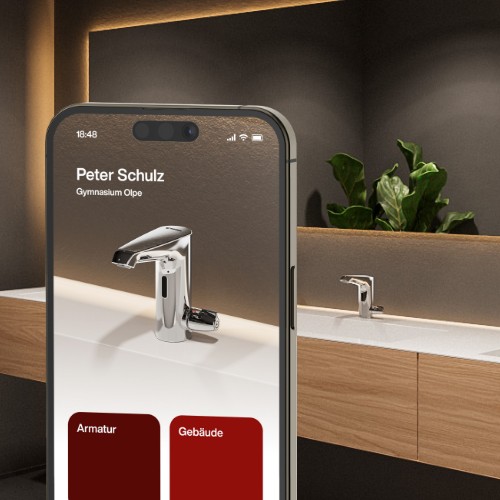
![[Translate to English:] [Translate to English:]](/fileadmin/user_upload/images/menu/menu_service_downloads_broschueren.jpg)




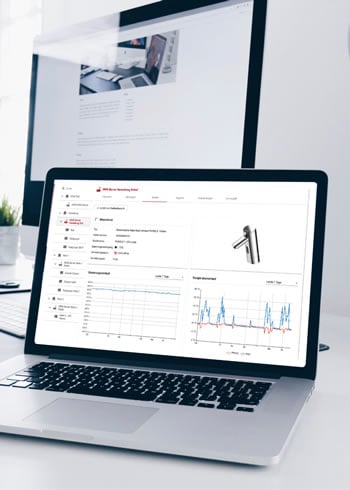


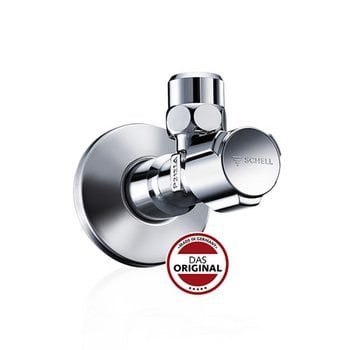
![[Translate to English:] [Translate to English:]](/fileadmin/_processed_/7/7/csm_menu_unternehmen_ueber-schell_awards_f6cec25b1d.jpg)
![[Translate to English:] [Translate to English:]](/fileadmin/_processed_/a/0/csm_menu_unternehmen_ueber-schell_wasser-sparen_41036d2dd9.jpg)





